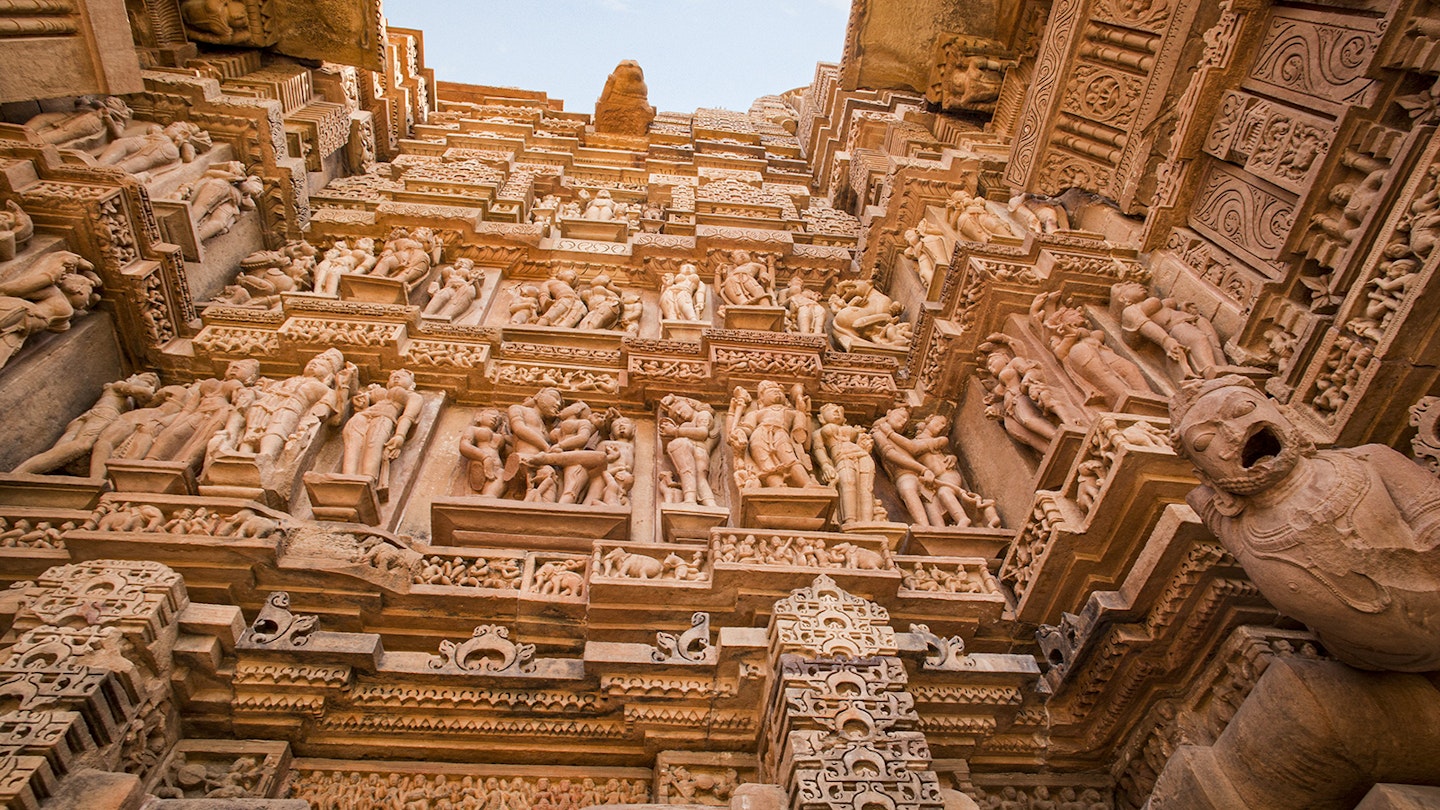Discover Madhya Pradesh: A Journey Through India’s Cultural Heart
Stuck in the middle of the mighty Indian subcontinent, Madhya Pradesh was always a prime target for conquest. Every empire worth its arrows made incursions into these dusty plains, leaving an indelible mark on the region’s architecture, culture, and people.
While there are stories here to rival the romance of Rajasthan and the siren song of the Indian south, most travellers zip through the state, pausing just long enough for a tiger safari in one of the state’s famous national parks but missing its myriad human marvels.
Gwalior: Madhya Pradesh’s Great Prize
The empires that rose and fell on the plains of Madhya Pradesh left a rich imprint on the cities, creating a stone-hewn map of their ideas and identity. In the ancient city of Gwalior, a short hop across the state border from Agra, that identity was all about grandeur and power. The Hindu kings of the powerful Tomar dynasty raised the mighty Gwalior fort to project their status, attracting the attention of the sultans of Delhi, who remodeled the fort in 1517.
Wandering around Gwalior fort today, the Islamic influence is evident from the brilliant turquoise tiles set into its crumbling sandstone walls and the fort’s minaret-like towers, capped by elegant domes. Gazing from the bastions over the dry city, it’s easy to imagine the invincibility felt by the sultans and later the Mughals in their hilltop citadel, only to be awakened when the Marathas seized Gwalior in 1754 and restored the fort’s Hindu magnificence.
The last owners of Gwalior fort were the fabulously wealthy Scindia family, who still reside in the gleaming, bone-white Jai Vilas Palace just south of the walls. Living up to every expectation of Indian maharajas, the Scindias filled their lavish home with stuffed tigers, family portraits, and chandeliers so heavy that elephants had to be dangled from the ceiling to prove it could support the weight.
Sex in Sandstone at Khajuraho
Just down the road in Khajuraho, Hindu culture flexed its creative muscles, creating some of the most extravagant and provocative temples in India. While the Muslim rulers of Gwalior were obsessed with power, at Khajuraho, the focus shifted to communing with the divine. Oh, and sex. Lots and lots of sex.
The temples of the Western Group, clustered together in a dry park west of the main market, resemble a 3D representation of the Kama Sutra. Temples such as the graceful Lakshmana Mandir are adorned with exquisite carvings of sensuous dancing girls and couples in various intimate positions. Orgies, three-ways, oral sex, bestiality – it’s all intricately carved into glowing yellow sandstone.
This isn’t merely stone pornography. The carvings at Khajuraho embody the concept of kama – the celebration of love, desire, and sensory pleasure – a critical aspect of life in Hindu philosophy. In contrast, the stern outlook of Madhya Pradesh’s Muslim rulers starkly contrasts with Khajuraho’s unabashed esprit de vivre.
Sanchi: Defined by Dharma
As you traverse towards Bhopal, an alternative vision of India awaits at Sanchi, where the great Buddhist emperor Ashoka raised a mighty stupa as penance for the suffering inflicted in Kalinga during his empire-building efforts. Ashoka, who played a vital role in spreading Buddhism across the subcontinent, placed great importance on introspection.
The architectural statement at Sanchi reveals Ashoka’s commitment to living a better life. By wandering through the gardens surrounding the great stupa, one can find the remains of temples, monasteries, assembly halls, and shrines, which highlight Sanchi’s status as a great center for spiritual learning.
Rich Ruins in Mandu
India is peppered with ruined cities that showcase the vain glory of past empires. Madhya Pradesh is particularly notable for its atmospheric lost city at Mandu, which perches atop a green-capped plateau amid rocky ravines. Mandu’s beauty lies in its collection of palaces, mosques, and mausoleums, all of striking grace.
Founded by Afghan governor Dilawar Khan at the site of a conquered Hindu fortress, Mandu became an independent kingdom in the early 15th century. The tumultuous times saw a centuries-long battle for dominance between rival armies; however, Mandu eventually succumbed to the monsoon rains in the 1730s.
What distinguishes Mandu from other ghost towns is its off-the-beaten-path location. Most visitors are Indian, making it possible to enjoy the ruins nearly all to oneself during a dawn start, with morning light spilling through ruined archways into ceremonial courtyards, stepwells, and sepulchral pleasure gardens. The peaceful atmosphere in Mandu offers a contrast to the bustling scenery of Rajasthan, Uttar Pradesh, or Maharashtra, emphasizing Madhya’s calm grandeur and dignity.





